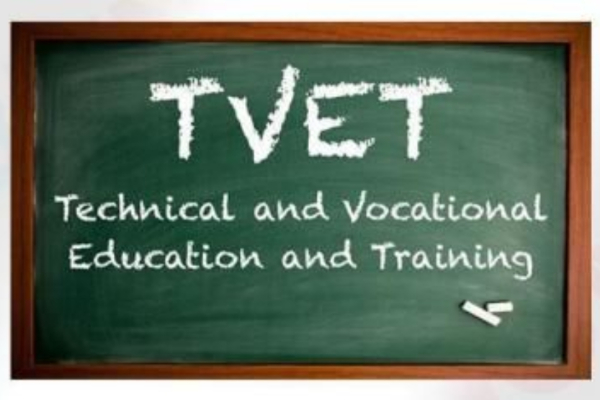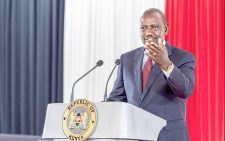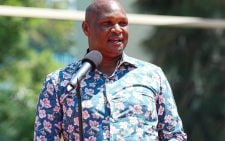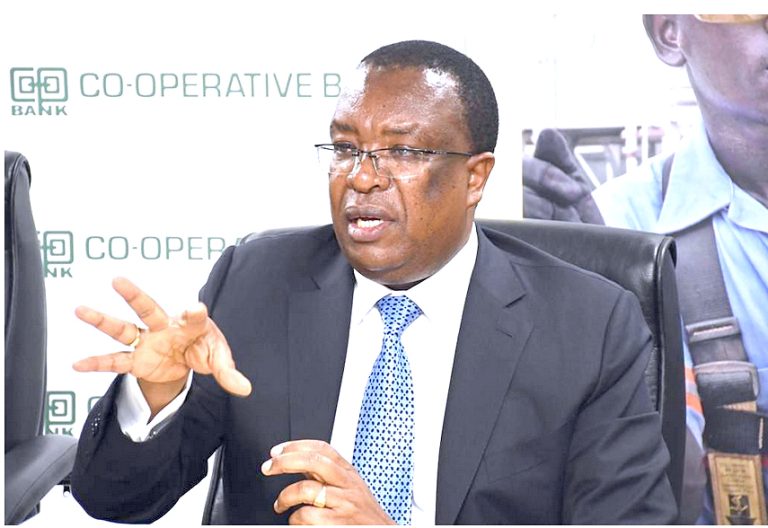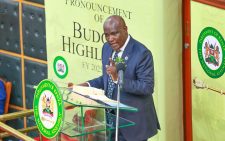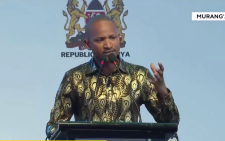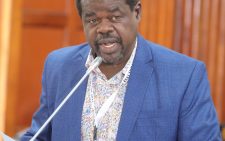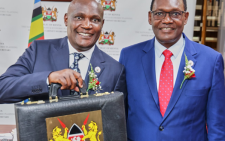State promises better days for agricultural sector, rural farmers
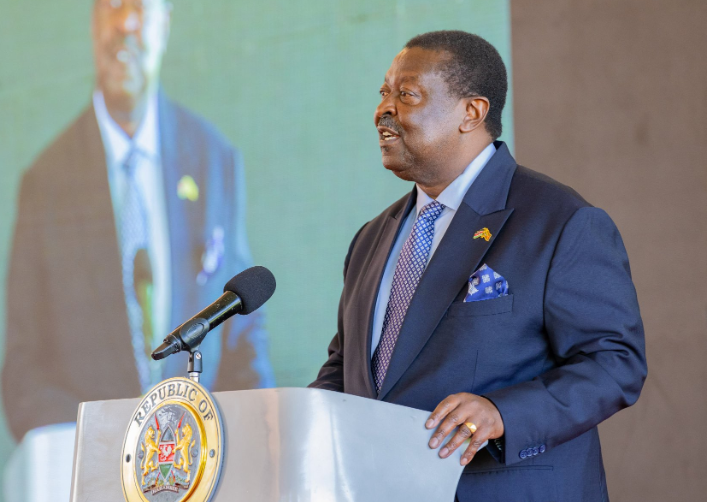
Reluctance to extend loans to the agricultural sector has seen the current funding gap surge to Sh2.94 trillion, the equivalent to Kenya’s annual budget, denying it a lifeline for growth.
This has seen the government and stakeholders in the agriculture sector value chain seek ways to improve access to finance to address the funding gap and enhance access of finance to rural farmers as part of this bridging process.
Speaking at a meeting of agricultural sector stakeholders conference Prime Cabinet Secretary and Cabinet Secretary for Foreign and Diaspora Affairs Musalia Mudavadi (pictured) noted that data from government agencies estimates that only 3.6 per cent of total lending goes to the agriculture sector.
He attributed this low rate to various challenges, including institutions’ reluctance to extend loans, high credit costs, and limited development of credit products.
Mudavadi who was the chief guest at the two-day Financing Agriculture Sustainably (FINAS 2024) conference in Nairobi, said that Kenya is now ready for a remodelled financing mechanism that promises better days for the agricultural sector.
He pointed at the government’s strategy outlined in the Medium-Term Plan (2023-2028) aimed at implementing key policies, programmes, and projects to support the growth and modernisation of the agricultural sector.
“Among the plan’s priority projects is the agricultural and rural financial inclusion project, which aims to enhance the access, efficiency and stability of agriculture and rural finance,” Mudavadi said.
The agriculture sector, he noted, is grappling with numerous challenges thus leading to low productivity and development.
Among the challenges Mudavadi noted include risks, high transaction costs in dealing with a large number of small farmers and micro, small and medium enterprises (MSMEs).
Agriculture Cabinet Secretary Mithika Linturi noted noted about a half of Kenya’s GDP comes directly and indirectly from the agricultural sector and overall economic growth of the country revolves around it.
“Despite being the largest sector in terms of GDP contribution, agriculture loans and investments portfolios currently are disproportionately low compared to the agriculture sector’s share of GDP,”he said.
